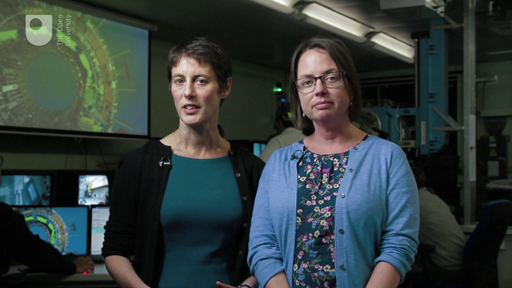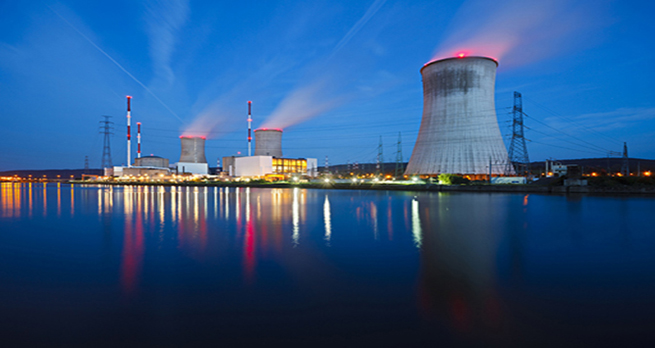Week 2: Using nuclear energy
Introduction
In the following video, Sam and Gemma discuss our energy needs, where our power comes from and how it is delivered.
Download this video clip.Video player: ou_futurelearn_nuclear_energy_vid_1026.mp4


Transcript
SAM SMIDT
Hi. This week, you'll be looking at electricity and the various ways in which electricity is generated and how it's distributed by the national grid.
GEMMA WARRINER
This kettle, for example, has a power rating of 3,000 watts. That means every second, it uses 3,000 joules of energy. It gets this energy when I plug it in and it connects to the national grid. The national grid has to cope with all our energy needs throughout the day and how they change, and it does this by managing how it utilises all its different power stations.
SAM SMIDT
Here at JET, for example, when they're running an experiment at full power, they can use 2 per cent of the national grid for 30 seconds, and that's so much that they have to phone up and get permission before they switch on. We'll be looking at power stations, the way in which electricity's generated, and how it is delivered to the national grid for distribution. We'll also take a look at nuclear power stations and the ways in which they differ and are similar to gas fired or coal fired power stations.
GEMMA WARRINER
One important way that nuclear power stations differ from other power stations is in the production of radioactive waste. Now, we saw last week that you can't avoid this nuclear waste, that it's part of the fission process. This means that any commitment to nuclear energy also involves a commitment to dealing with this radioactive waste. At the end of the week, you'll look at some solutions.
Interactive feature not available in single page view (see it in standard view).
In the next section, you will find out about the principle of the conservation of energy.
